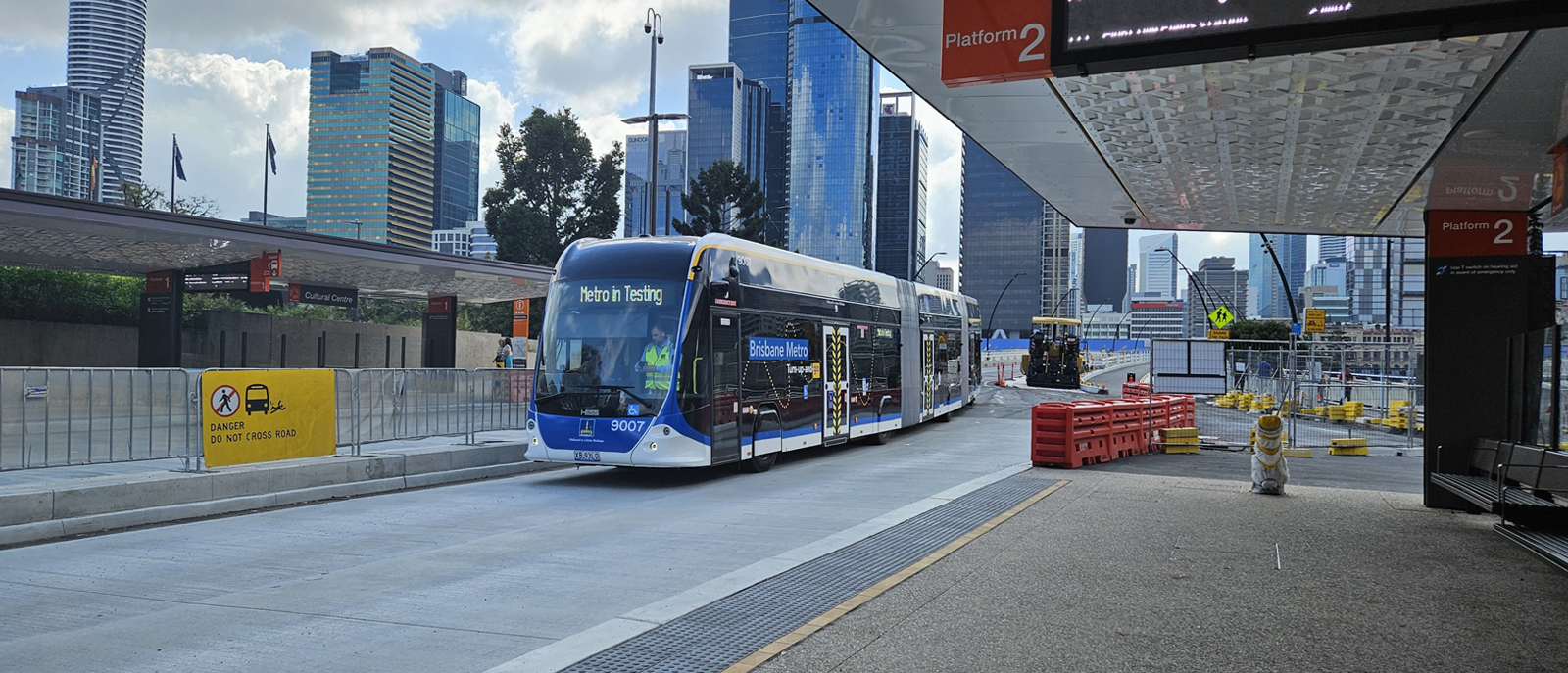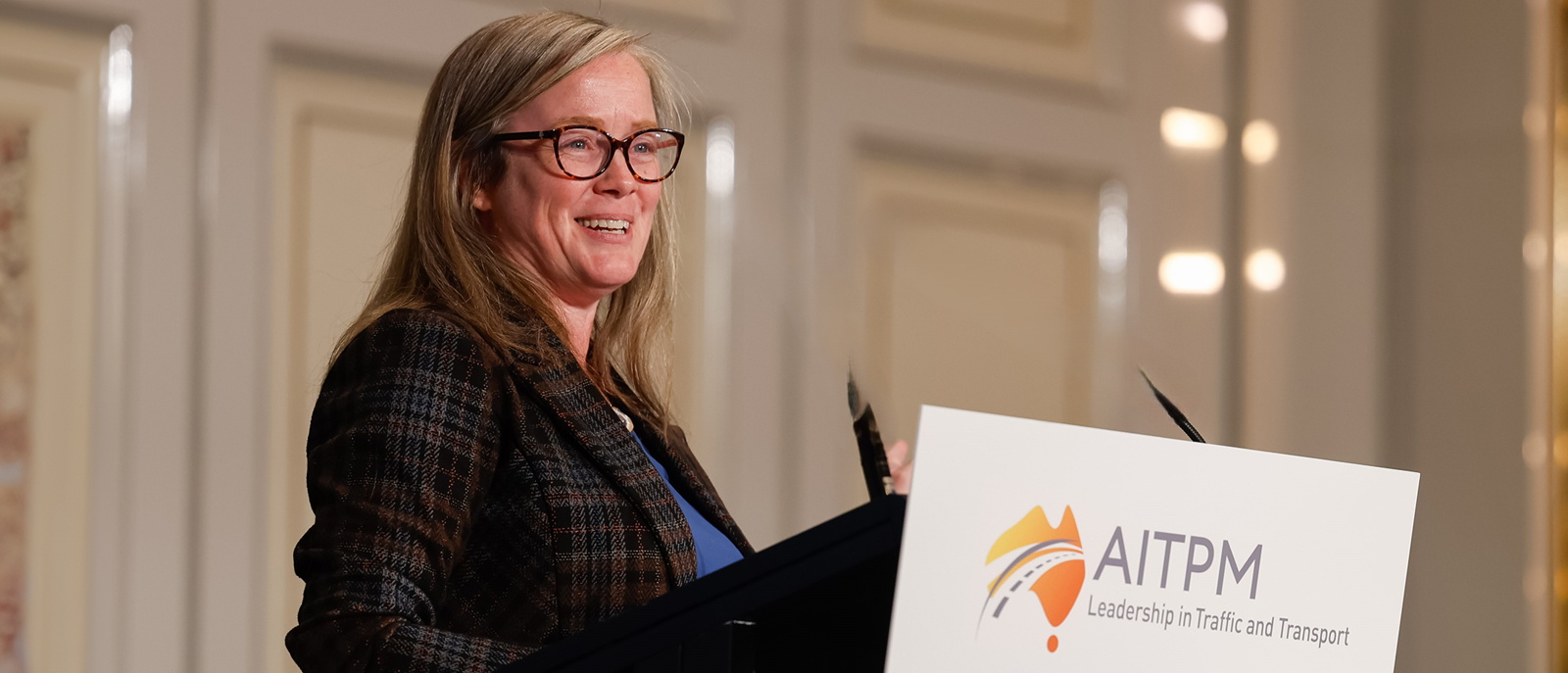I recently had the pleasure of travelling from Canada to Australia with the goal of sharing best-practice transport solutions with industry counterparts and Australian Arcadis clients. Starting in Perth with a keynote address at the Australian Institute of Traffic Planning and Management (AITPM) Conference, I then travelled over east to meet colleagues and clients in Sydney and Brisbane.
Over the two week visit, I engaged with a wide range of transport professionals - many interesting conversations provided me with a wide range of insights.
Like looking in a mirror
While the two countries are thousands of kilometres apart, I was struck by the similarities between Canada and Australia. Both countries are vast, with major urban centres separated by long distances. Our cities have developed in similar ways, with historic walkable urban centres from colonial times surrounded by sprawling suburbs supported by private auto use and commuter rail. It became clear to me early on in my visit that while our governance and funding structures are different, our cities are growing and the need for more sustainable transport is clear. The increasing cost of construction is a common barrier both countries face.
Urban transport professionals in both countries share a focus on working to improve road safety, increase transport equity, reduce congestion and reduce emissions. At this moment in time, we are at a similar turning point, looking to implement more sustainable transport solutions.
For example, in the bigger cities, both countries are shifting the focus from building rail systems to mid-tier transit options such as Bus Rapid Transit (BRT). While rail has been seen as more desirable by many, the cost and time to construct are prohibitive. Surface transit, such as BRT, is more affordable and quicker to implement, with many of the same benefits of rail. Buses can also connect multiple destinations beyond the Central Business District.
Untapped potential
As Australia grows, the potential to develop its transport ecosystem is enormous.
Passenger rail networks in cities like Perth, Sydney and Brisbane are extensive and easy to use. Creating seamless transfers between the bus and rail networks will truly unlock the capacity of existing rail services.
I was fortunate to be able to experience first-hand Sydney Metro on the day it opened for passenger service. This is an ultra-modern, fast and driverless rail solution equal to any in the world. Australia will need to enhance solutions like this with frequent surface transit to help move its fast-growing population around its largest cities.
As well as heavy and light rail networks, frequent bus services efficiently connect commuters to the CBDs in the major cities. As the populations of cities increase, the need to move people more efficiently will also increase. I see great potential for bus transit in Australia, similar to the advances in Bus Rapid Transit and transit priority measures we are pursuing in Canada. In Sydney for example, Elizabeth Street is busy with buses. This corridor could be reimagined using Bus Rapid Transit and achieve similar capacity and service levels as the Light Rail Transit on George Street nearby. Reconfiguring streets for Bus Rapid Transit costs less and can be built faster than Light Rail Transit.

Buses on Elizabeth Street in Sydney

Brisbane Metro in testing
The road ahead
The solution to traffic congestion is more choice. Congestion stems from people choosing to drive—whether for convenience or simply because no other reliable options exist. Cities around the world are experiencing the benefits of expanding transportation choices within their constrained networks. Adopting global best practices for cycling and pedestrian infrastructure could be transformative for Australia’s urban mobility landscape.
European cities are often held up as model examples for cycling infrastructure. Across North America, cities are unlocking the people-carrying capacity of their streets by providing infrastructure for all modes. Toronto’s conversion of Yonge Street from a 4-lane to a 2-lane road with bike lanes, 24-hour parking, and on-street cafes stands out as one example that could be applied in cities large or small. This transformation led to enormous increases in cycling and walking, created space for outdoor dining, making space for people along the public right-of-way.
Adding priority for pedestrians is key to making the CBD areas more attractive for tourists and office workers alike. Traffic signal times can accommodate slower walking speeds. Crosswalk pavement markings can be enhanced to reinforce pedestrian priority over vehicles. Leading pedestrian intervals, a policy implemented across the City of Toronto, is proven to increase pedestrian safety at intersections. There are many tools in the Canadian toolbox that can be adopted and applied in Australia.
Australian cities have a real opportunity to enhance the walking and cycling experience in its cities, creating more choice leading to a more sustainable and transport-friendly country.
An unforgettable trip
The opportunity to meet and share insights with like-minded fellow transport professionals at the AITPM conference and across Australia was invaluable. This unforgettable experience has expanded my perspective, both personally and professionally.
To my Canadian friends who are yet to experience Australia, I strongly suggest you do it. From unique wildlife and natural beauty to, world-famous beaches a stone’s throw from bustling CBDs, and a rich and diverse cultural life and living history, there’s a lot to be said for making Australia your next holiday destination. I hope to visit again soon, to explore other cities and regions, and will be watching as Australia continues the journey to new and innovative urban transport systems.

Keynote address at the Australian Institute of Traffic Planning and Management (AITPM) Conference in Perth


